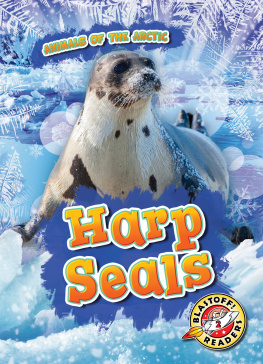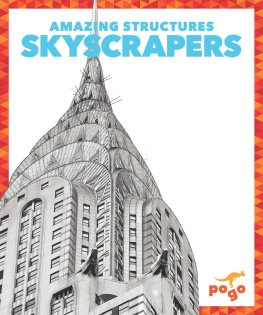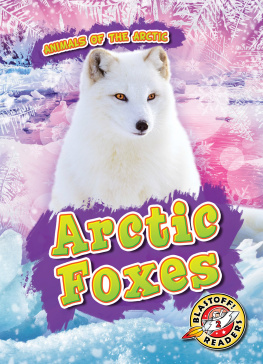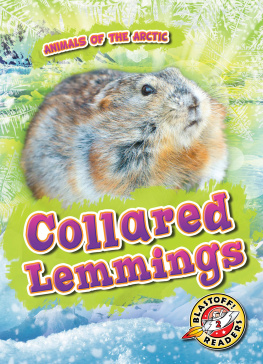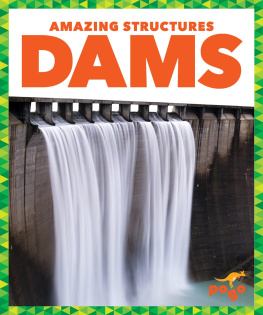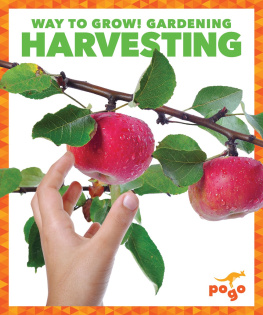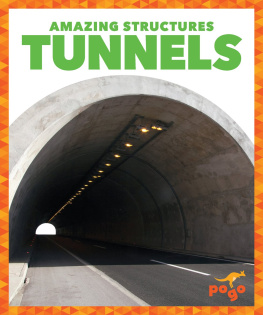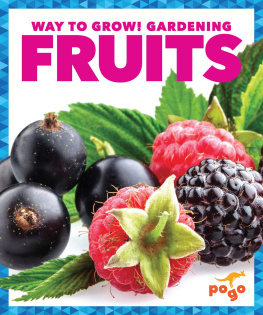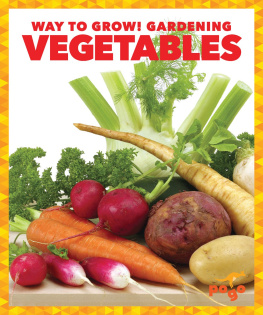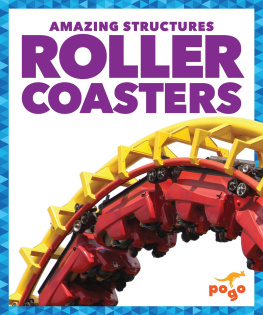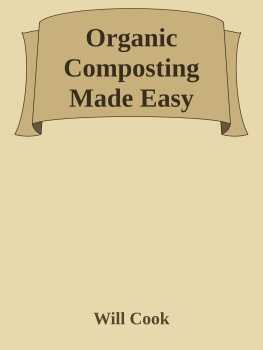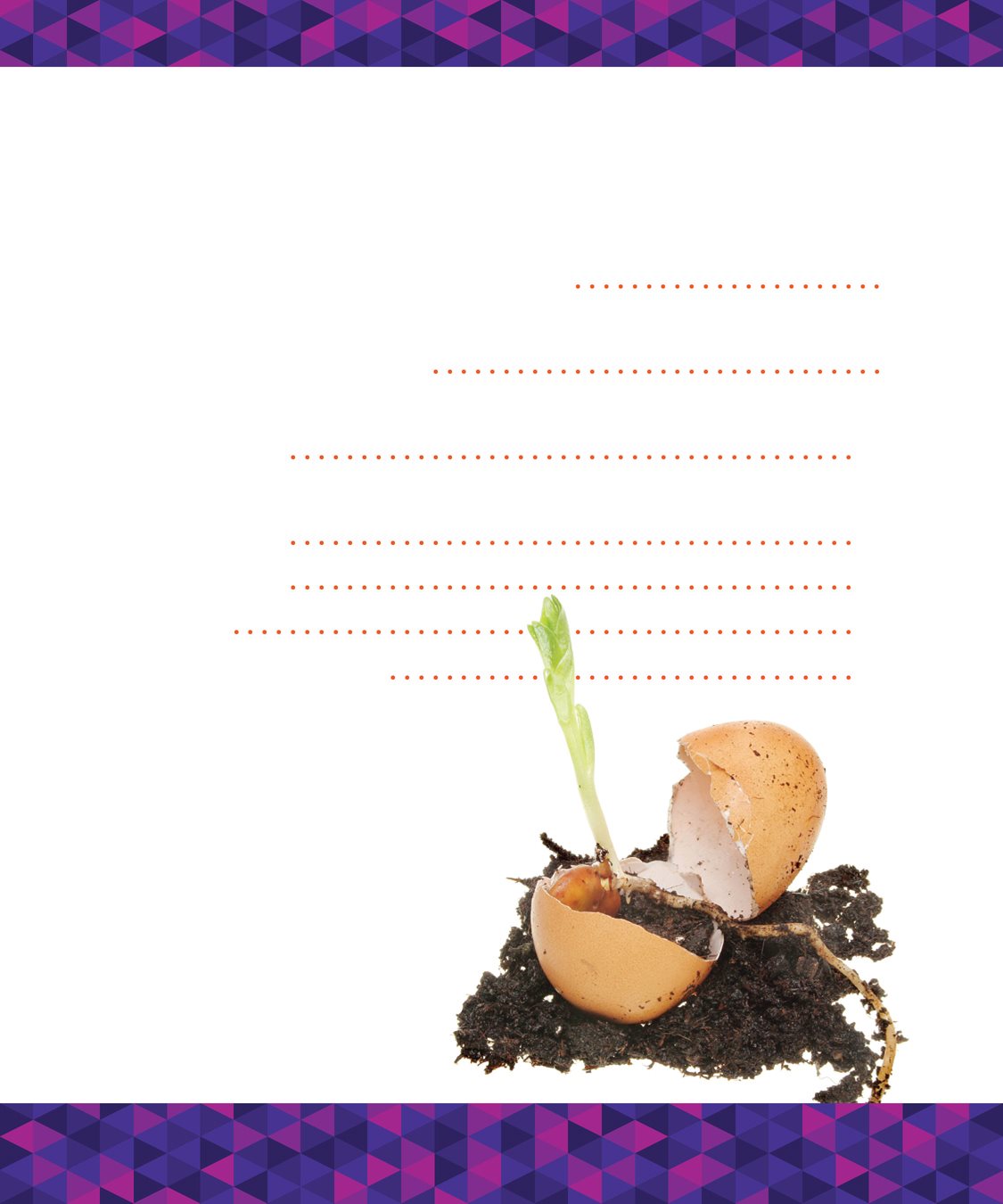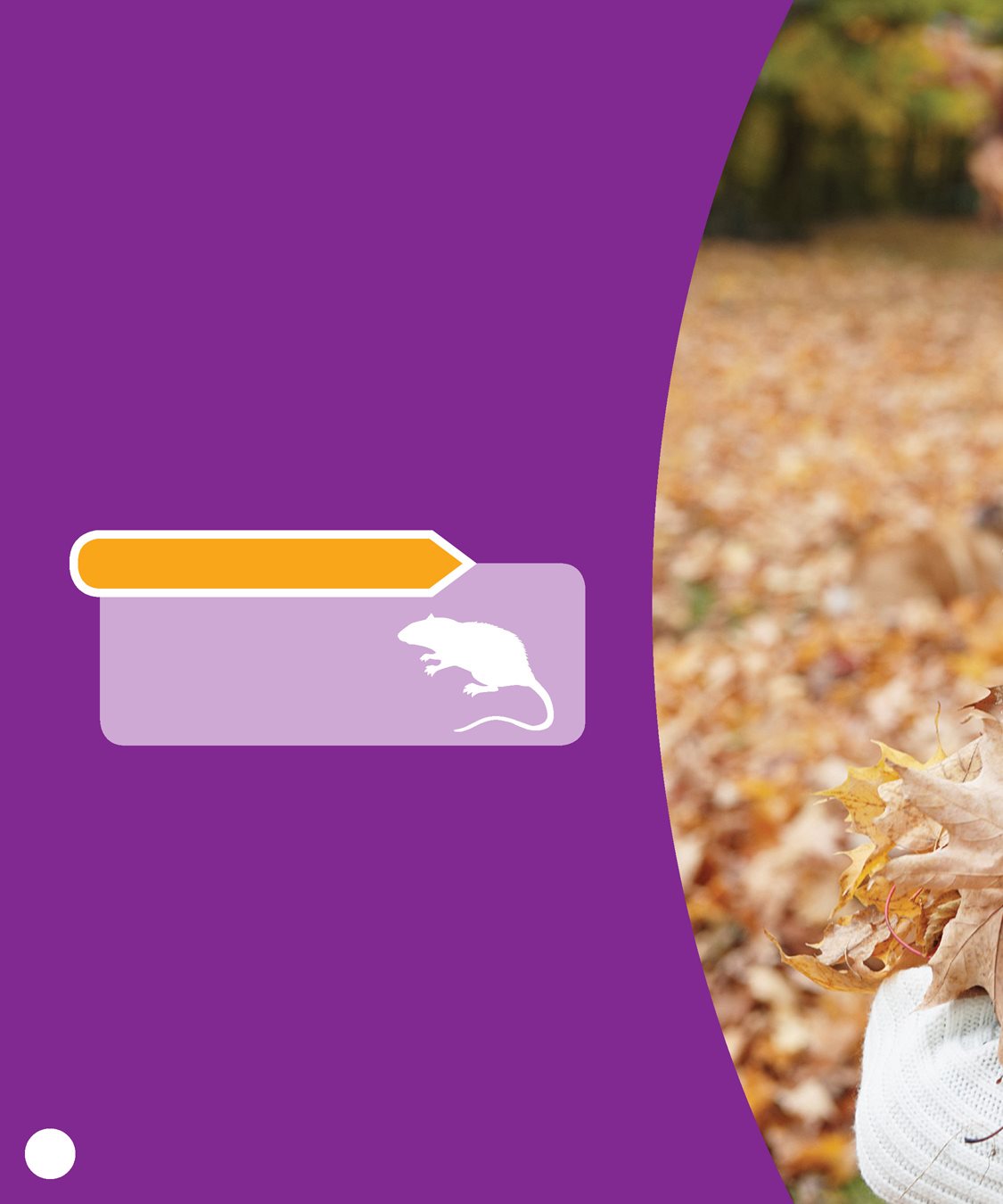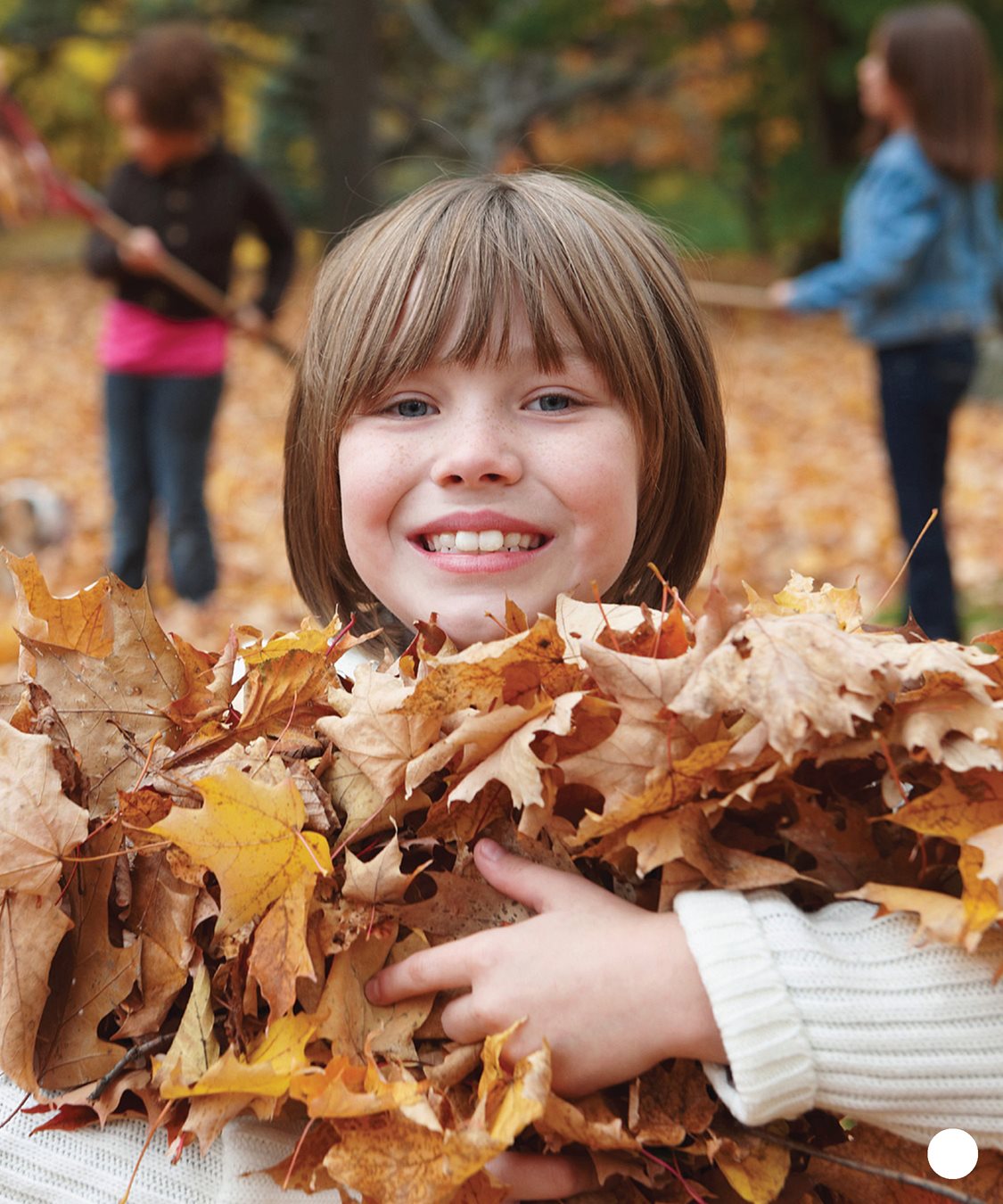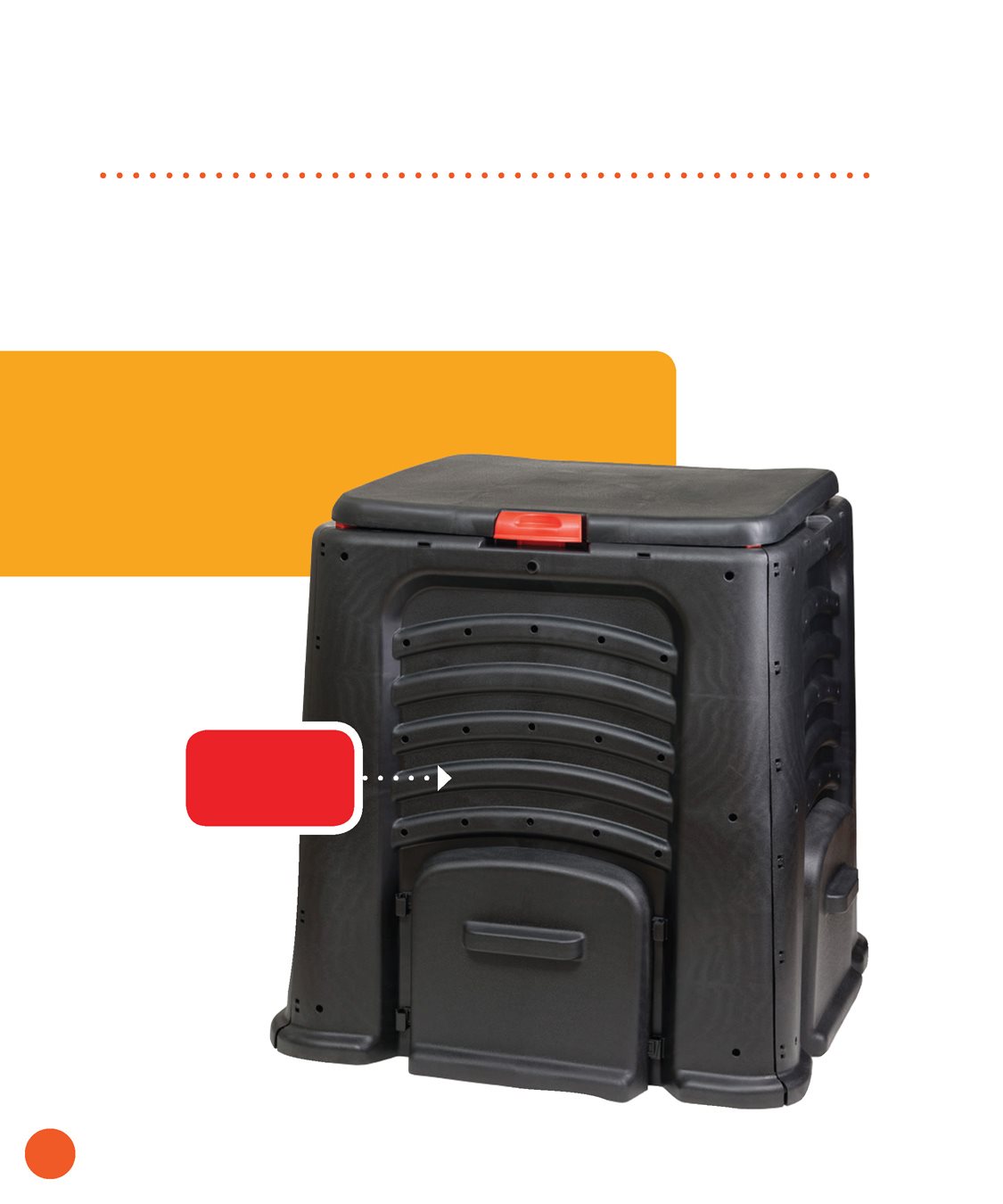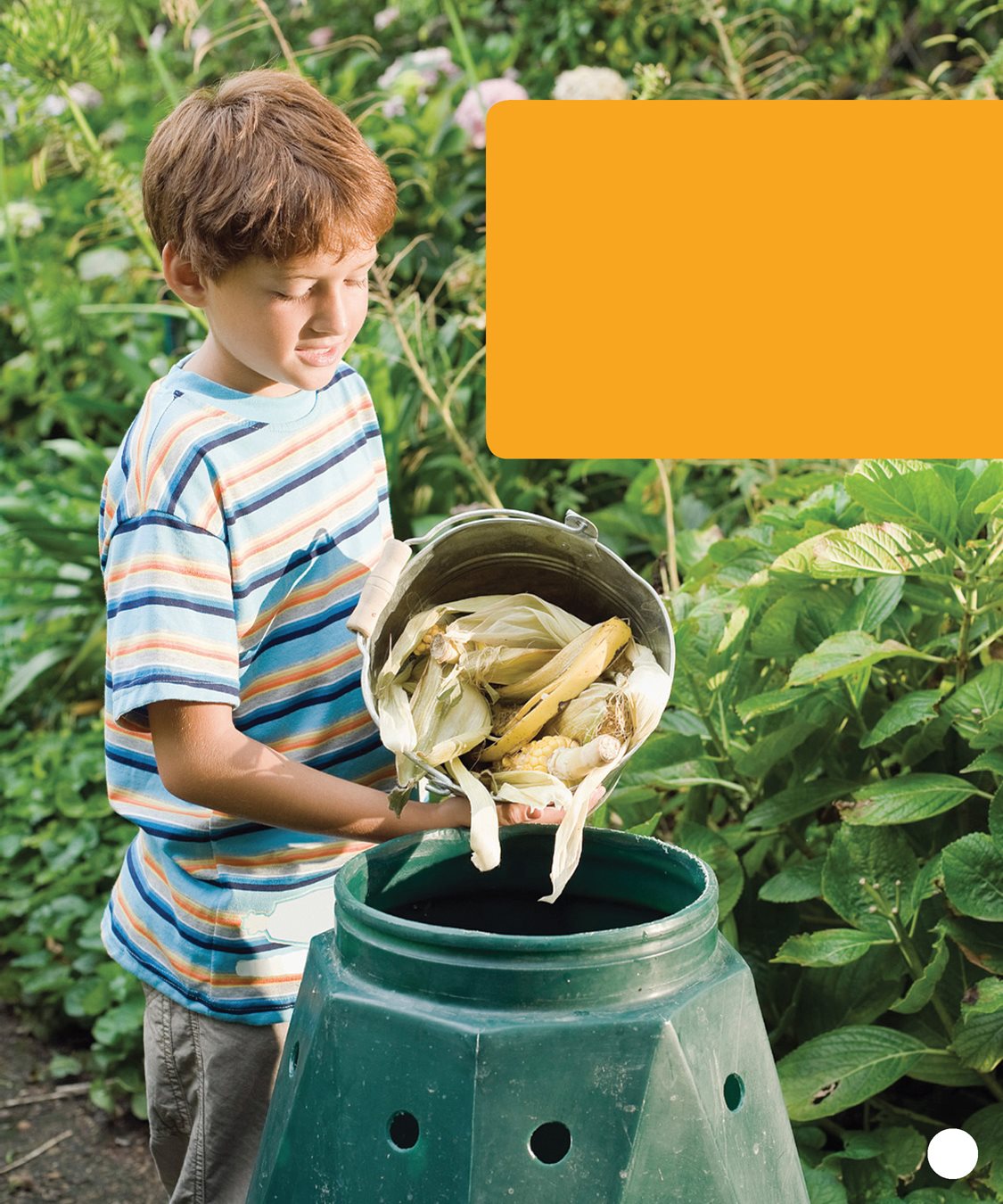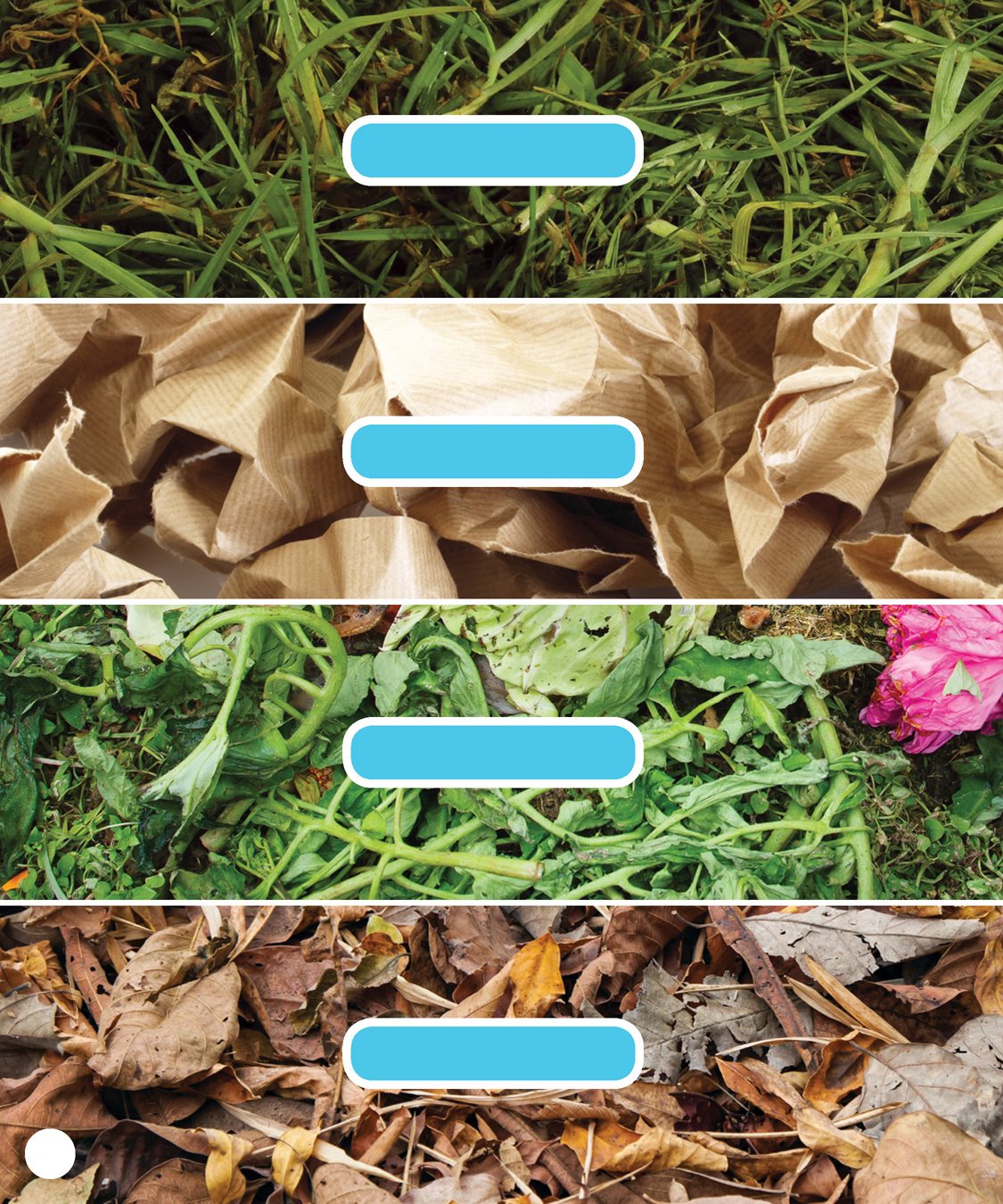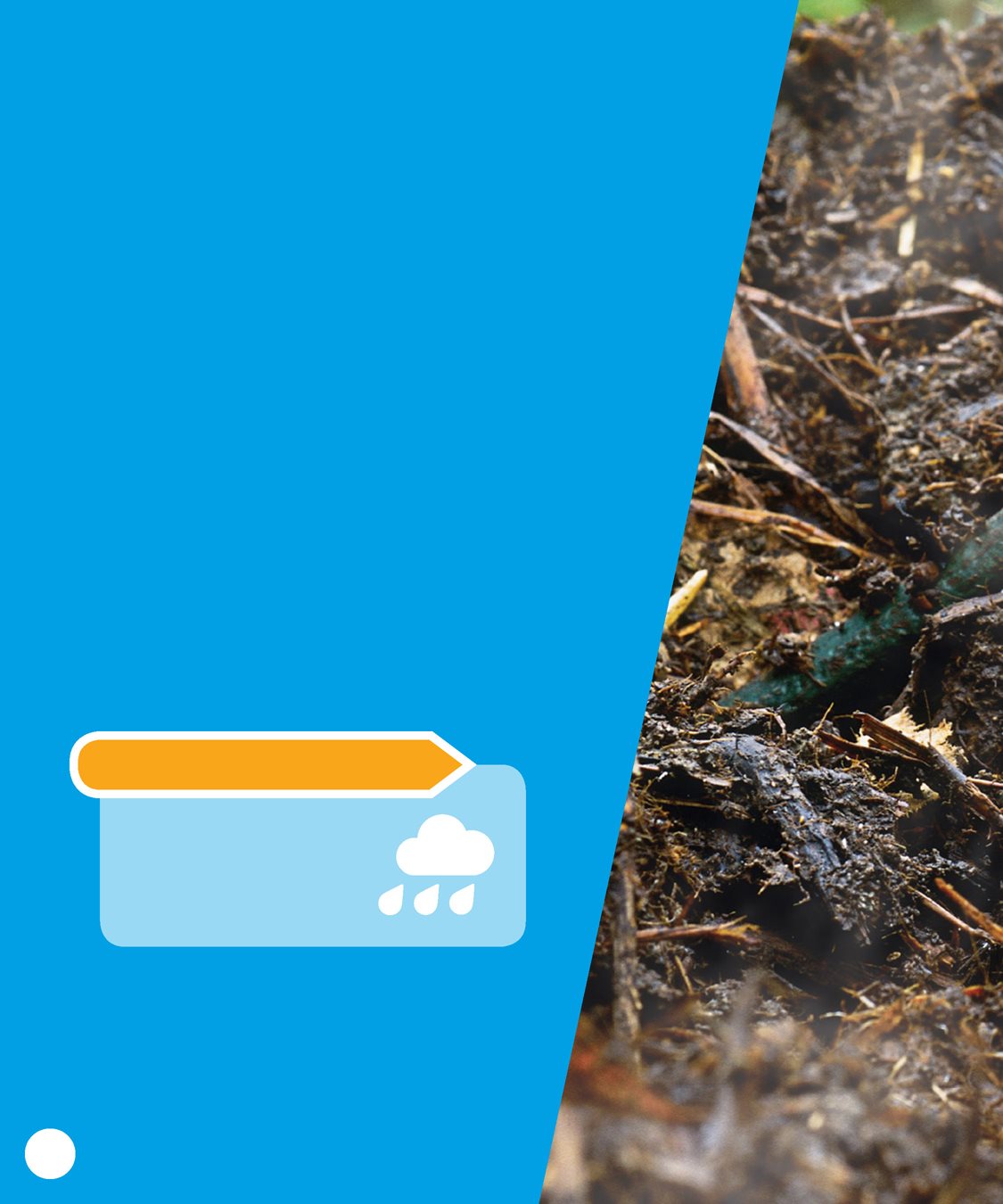Ideas for Parents
and Teachers
Pogo Books let children practice
reading informational text while
introducing them to nonfiction
features such as headings, labels,
sidebars, maps, and diagrams,
as well as a table of contents,
glossary, and index. Carefully leveled text with
a strong photo match offers
early fluent readers the support
they need to succeed.
Before Reading
Walk through the book and
point out the various nonfiction
features. Ask the student what
purpose each feature serves. Look at the glossary together.
Read and discuss the words.
Read the Book
Have the child read the book
independently.
Invite him or her to list questions
that arise from reading.
After Reading
Discuss the childs questions.
Talk about how he or she might
find answers to those questions. Prompt the child to think more.
Ask: Do you have a garden? If so,
have you ever used compost? Did
you make it yourself? Pogo Books are published by Jump!
5357 Penn Avenue South
Minneapolis, MN 55419
www.jumplibrary.com Copyright 2016 Jump!
International copyright reserved in all countries.
No part of this book may be reproduced in any form
without written permission from the publisher. Library of Congress Cataloging-in-Publication Data Pettiford, Rebecca, author. Composting / by Rebecca Pettiford. (Way to grow! Gardening) Includes index. (Way to grow! Gardening) Includes index.
ISBN 978-1-62031-229-2 (hardcover: alk. paper) ISBN 978-1-62496-316-2 (ebook) 1. CompostJuvenile literature. I. Title. II.
Series: Pettiford, Rebecca. Way to grow! Gardening. S661.P44 2015 631.875dc23 2015000275 Series Editor: Jenny Fretland VanVoorst Series Designer: Anna Peterson Photo Researcher: Anna Peterson Photo Credits: All photos by Shutterstock except:
Alamy, ; SuperStock,
. Printed in the United States of America at
Corporate Graphics in North Mankato, Minnesota.
TABLE OF CONTENTS
CHAPTER
YOUR GARDENS
BEST FRIEND
Plants need good soil to
grow healthy and strong. 4 CHAPTER 1
Compost is full
of organic matter.
Your garden will
love it! CHAPTER 1
A well -made compost pile
supplies the right amount
of water and air so that
micro -organisms can get
to work. 4 CHAPTER 1
Compost is full
of organic matter.
Your garden will
love it! CHAPTER 1
A well -made compost pile
supplies the right amount
of water and air so that
micro -organisms can get
to work.
These organisms
help break organic matter
down into compost.
DID YOU KNOW?
Earthworms love compost, too.
They help the soil by adding
air to it when they tunnel
through it. Healthy gardens
have a lot of worms! 6 CHAPTER 1
earthworm CHAPTER 1
CHAPTER
MAKING
COMPOST
You can make your
own compost pile.
Use organic
matter like
leaves, paper,
and table
scraps. 8 CHAPTER 2
Add water to it. Turn and mix
it. This helps the pile stay wet.
It also moves air through it.
CHAPTER 2
10 CHAPTER 2
When you make a pile,
you are making humus. Humus is dead plant and animal
matter. It is high in nitrogen
and carbon.
DID YOU KNOW?
When you make and use
compost, you are recycling.
This helps cut down on the
waste in landfills. CHAPTER 2
Matter that has a lot
of nitrogen is often fresh
and green. It includes
green grass and manure.
Matter that has a lot
of carbon is dry and
brown. It includes paper
and dry leaves.
DID YOU KNOW?
Never put meat, bones,
or oil in your pile. It will
smell bad, and raccoons
and rats may get into it. 12 CHAPTER 2
CHAPTER 2
CHAPTER
LAYER UP
You can keep your pile in a bin.
A bin should
have good
drainage. compost
bin 14 CHAPTER 3
Put a layer of sticks
on the bottom of your
bin.
This will drain
extra water away
from the pile. Layer
the green and brown
matter over the sticks. CHAPTER 3
grass clippings paper vegetable scraps dry leaves 16 CHAPTER 3
The first layer is brown.
You can use paper and
dry leaves. The second is green.
You can use table scraps
and grass. The third is brown, the next
is green, and so on. The pile should be about
four to five feet tall
(1.2 to 1.5 meters).
Add water to keep
the pile moist. CHAPTER 3



